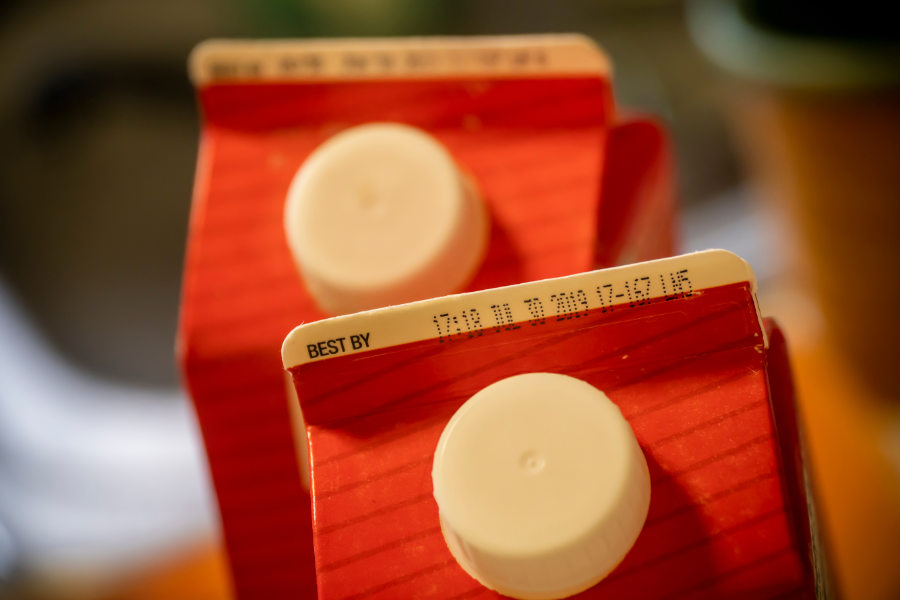
Food labels are an important part of understanding what we eat. The Food and Drug Administration (FDA) regulates food labels in the United States, which helps consumers get information about the nutrition and ingredients of food products. Understanding the FDA’s food labeling guidelines can help any food producer determine what information must be included on food packages. By doing this, you’re not only empowering your customers to make the best decision about purchasing your products.
When in doubt about what to print on your food labels, always seek official and approved guidance from the FDA. In this blog, we’ll offer an overview of what to expect when you read the FDA food guide. While this may be a starting point, please note that this is not a comprehensive guide.
Basic Label Information
The FDA requires that food labels include specific information, including the product’s name, net weight, ingredients, and nutrition facts. The product name must accurately reflect the contents of the package, and must not be misleading in any way. The net weight must be listed in both metric and US customary units, and must be displayed in a prominent location on the food product packaging. The food ingredients must be listed in descending order by most to least weight, and the nutrition facts must be accurate and easy to read.
Disclose any allergens
The FDA also requires that food labels include specific warnings and disclaimers. For example, labels for products that contain ingredients derived from genetically modified organisms (GMOs) must include a warning that the food contains GMOs. Labels for products that contain allergens must include an allergen warning, and labels for products that contain added sugars must include a disclaimer stating that the product is not recommended for children under the age of four. For a full list of allergens, please consult the FDA food labeling guide.
Make sure label is readable for all ages
In addition to the specific requirements outlined in the FDA’s food labeling guide, manufacturers must also adhere to certain labeling standards. For example, manufacturers must make sure that the font size and color used on the label are easy to read. Keep in mind that customers may have different levels of sight – a clear and large font can go a long way in creating a positive customer experience.
Clear labels help your customers
By following the FDA’s food labeling guide, food producers can ensure that their labels comply with all applicable regulations and provide consumers with the information they need to make informed decisions about the food they purchase.
Get Your Labels With VitalPack
At VitalPack, we can help streamline your food packaging process. From the packaging itself to custom labels and even digital printing for marketing materials – let us be the one-stop destination for your food product needs.
